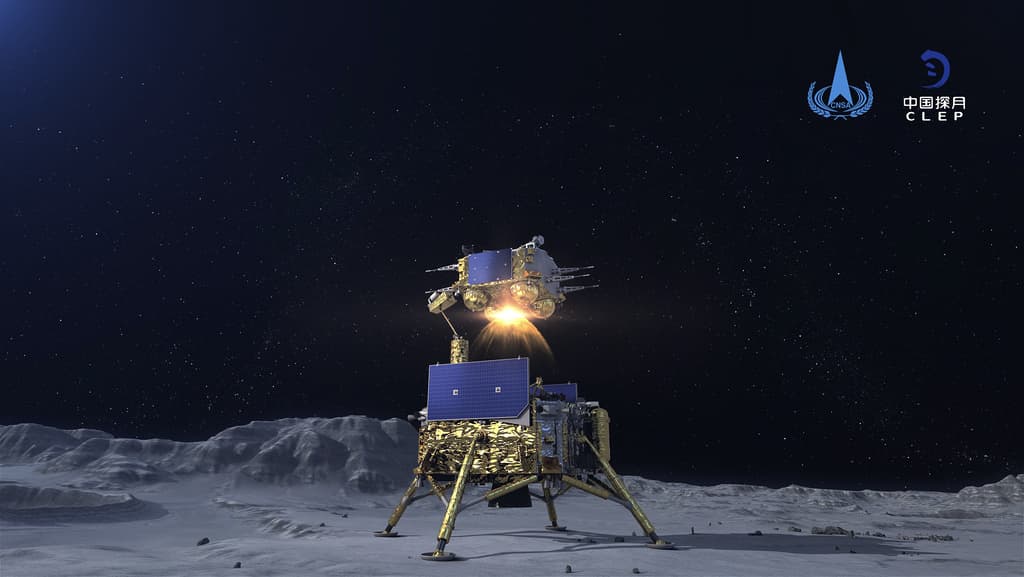The moon's surface has not always been still and gray. Billions of years ago, enormous volcanic eruptions occurred on our closest celestial body, which we still see traces of today as dark areas where lava solidified.
But a fresh study shows that volcanic eruptions occurred much later than that. Chinese researchers have analyzed a drill sample from the Chinese lunar probe Chang'e-5, which contained a large number of small glass beads.
Small chance
The glass beads, smaller than a millimeter, can form when gas-rich magma rises to the surface and can spread over large areas.
"There is no known volcanic activity at Chang'e-5's landing site, so the chance of finding any volcanic glass beads in Chang'e-5's samples was very low," says Yuyang He, researcher at the Chinese Academy of Sciences, in an email interview with TT.
The moon is filled with such beads, as they can also form during impacts on the surface. But the beads have different chemical and structural properties, depending on whether they are volcanic or impact beads.
"We examined 3,000 glass beads and found only three volcanic glass beads."
The beads were dated using the uranium-lead method, and based on them, the researchers estimate that volcanic eruptions occurred about 120 million years ago, during the Cretaceous period on Earth.
Melting mantle
The researchers believe that a combination of rare earth metals, potassium, and phosphorus can accumulate in large quantities in pockets deep beneath the moon's surface. When radioactive heat arose, it may have caused the moon's mantle to melt in places, allowing magma to rise to the surface.
"The volcanic eruptions must have been small-scale. Otherwise, we would have been able to see the signs of them from a distance, like the older volcanic activities on the moon," says Yuyang He.
So maybe a sharp-eyed dinosaur gazing up at the night sky could have caught a glimpse of an eruption?
"The dinosaurs would probably have needed a telescope to see the light," says Yuyang He.
The researchers are unsure how the moon could have been volcanically active for so long, but perhaps the northeastern parts of the Ocean of Storms, where the current samples were taken, may have had a low-intensity volcanic activity that lasted for 1.9 billion years.
The study is published in the journal Science.






